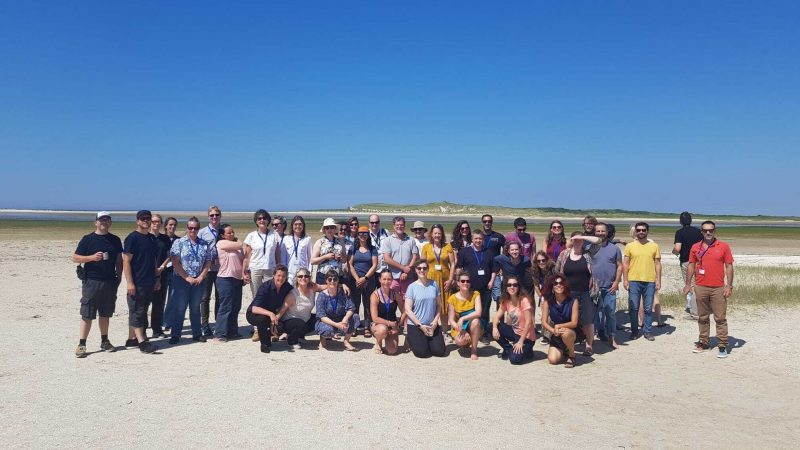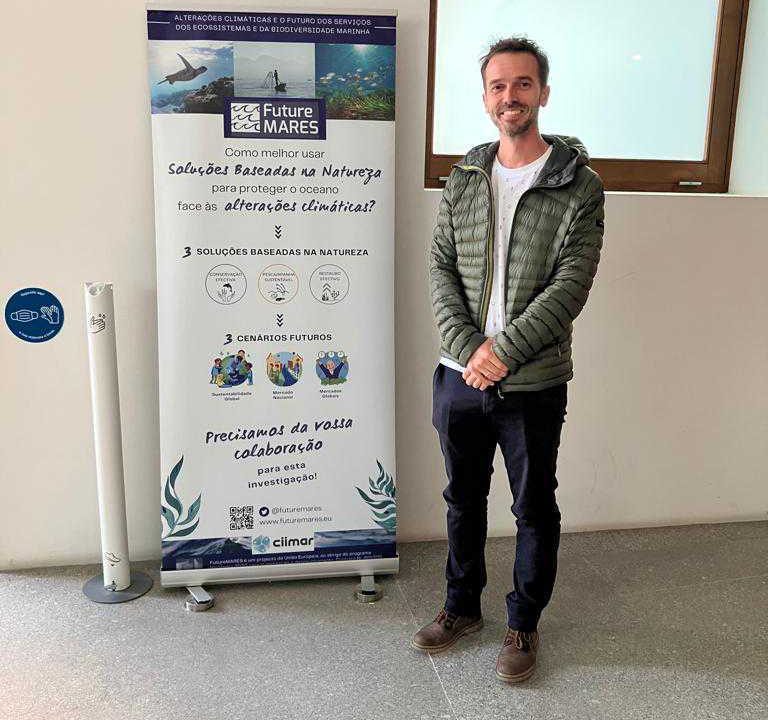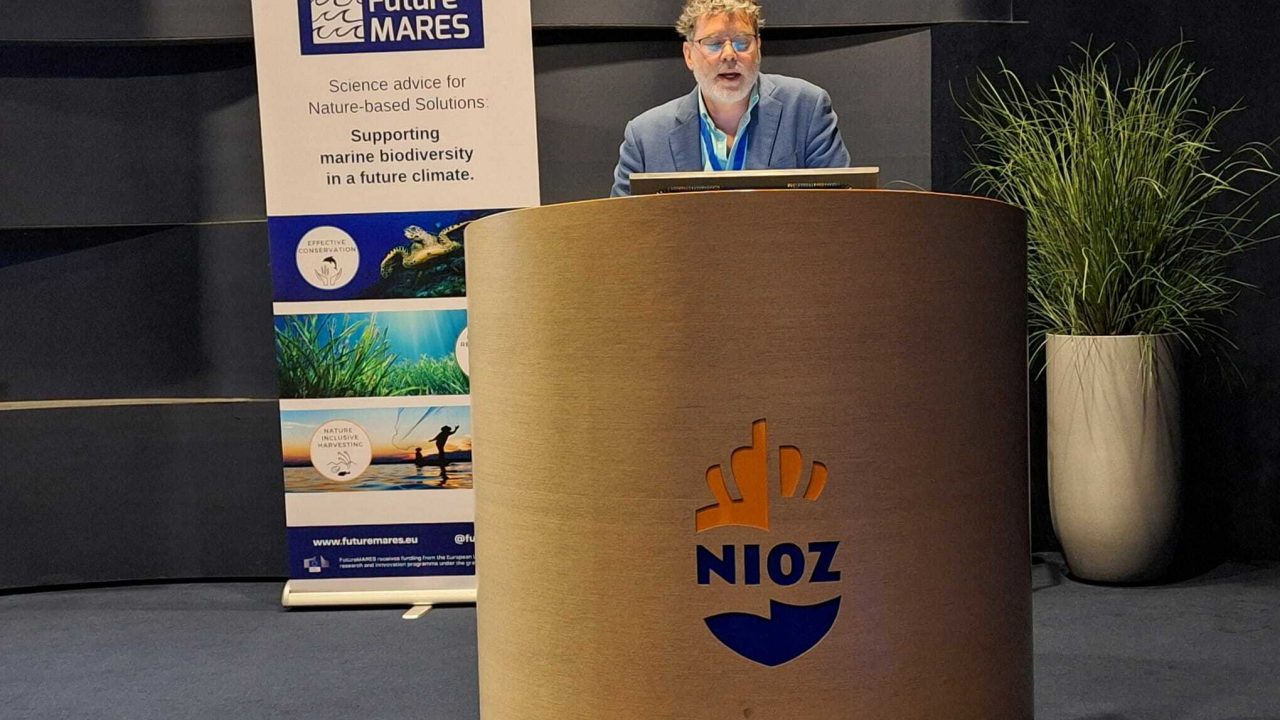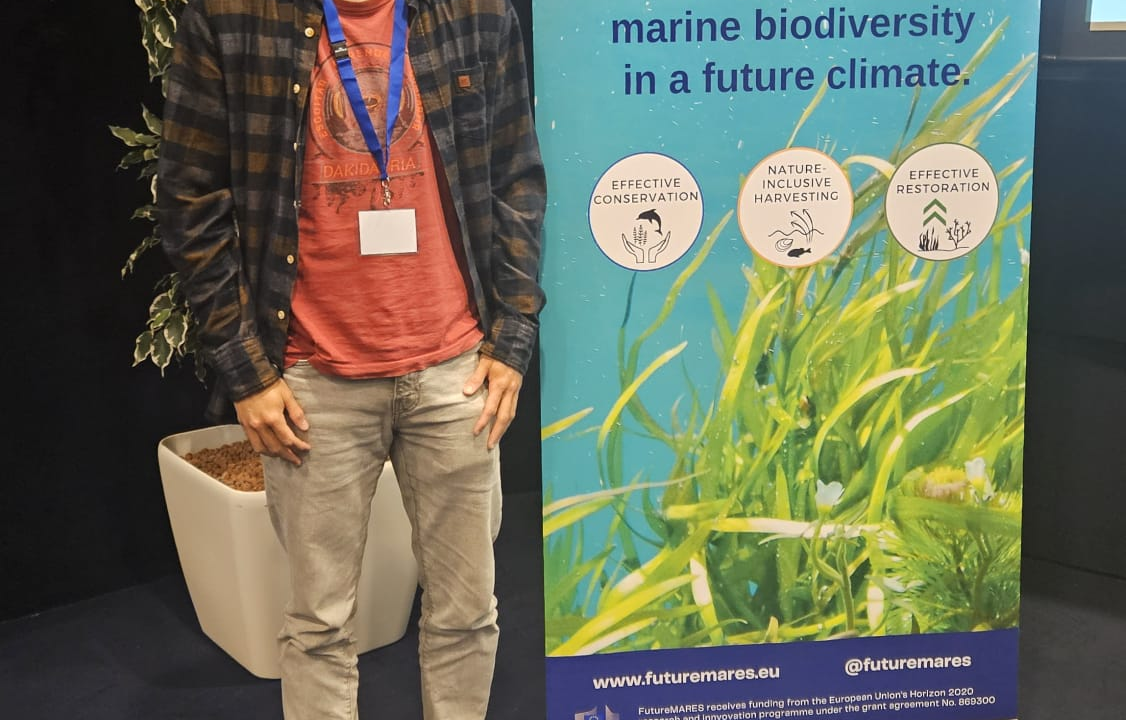It received €8 million from the Horizon 2020 programme. The methodology used could be applied to better understand the positive impact that marine protected areas have on species, social groups, or sectors such as tourism
The European project FutureMARES has shown the effectiveness of nature-based solutions (NBS) in mitigating the effects of climate change on marine ecosystems. The initiative involved 32 institutions from 17 countries, including the Marine Research Centre (CIM) of the University of Vigo, with over €8 million in funding from the European Union’s Horizon 2020 programme. The project addressed fundamental questions regarding the design, application, and effectiveness of nature-based solutions (NBS) and was led by CIM researchers Juan Bueno Pardo and Elena Ojea. Specifically, Elena Ojea stated that “we identified the priorities for conservation and restoration of species and natural areas, the best times to carry out these actions, and the social actors who may be of interest for the development of NBS. We also developed several tools to assess the effectiveness of NBS, based on indicators and expert opinion in our case”. The initiative also had a practical field component with in-situ restoration experiments. In this regard, the project improved different protocols for assessing the impact of climate change on marine organisms and helped develop in-situ techniques to measure physiological stress.
Application in the Atlantic
The methodology serves to assess the risk and climate vulnerability of different species, habitats, ecosystem services, and marine social groups. To achieve this, Juan Bueno Pardo designed a new methodology based on universal indicators that categorise various marine environment characteristics important for climate change impact. Once these indicators were defined, their values were calculated using projections of physical variables from models and expert opinion. Researcher Elena Ojea explained that “once the indicators were measured, we were able to assemble them to calculate an overall climate risk index for each species, ecosystem service, and social group”.
Ademais, avanzou que “a nosa metodoloxía pode ser aplicada en calquera ámbito mariño. De feito, acaba de ser aplicada nunha área mariña protexida xigante que a OSPAR ubicou no medio do Atlántico Norte, entre Islandia e as Illas Açores, chamada co acrónimo NACES. Nas nosas costas atlánticas, a metodoloxía podería ser aplicada para entender mellor o impacto positivo que as áreas mariñas protexidas poidan ter en distintas especies ou grupos sociais, como determinados grupos de pescadores ou mesmo sector turístico”.
She also added that “our methodology can be applied in any marine setting. In fact, it has just been applied in a giant marine protected area that OSPAR has located in the middle of the North Atlantic, between Iceland and the Azores, called by the acronym NACES. Along our Atlantic coasts, this methodology could be applied to better understand the positive impact that marine protected areas may have on different species or social groups, such as certain fishing groups or even the tourism sector”.
International collaboration
According to Elena Ojea, “the project advanced in several knowledge fronts: it improved our societal understanding of the links between marine species, their characteristics, and the roles they play in socio-ecological systems; it provided physical and biogeochemical projections of future environmental conditions under climate change scenarios; it developed different tools to assess the effectiveness of NBS; and it involved relevant social actors in its studies, both at the European and national levels, ensuring the utility of its products from various perspectives such as conservation, the European common policy, and the cultural sector”.
The researcher highlighted that “the project significantly expanded our network of international collaborators. This cooperation is reflected in our scientific productivity and gives us access to data from very diverse areas across Europe (which implies very diverse social and natural realities), something essential for carrying out knowledge integration work and case study comparisons. The visibility we have achieved during these project years will undoubtedly serve as a foundation for establishing new research networks and continuing to advance multidisciplinary marine science from Galicia”.
Final steps
The final meeting took place in June on the island of Texel (Netherlands), at the headquarters of the Royal Netherlands Institute for Sea Research (NIOZ), the project’s coordinating institution. During the event, sessions were organised for the scientific team to discuss the main results achieved, and during the last two days, representatives from public decision-making institutions attended to discuss the climate sensitivity and resilience of marine biodiversity. Of particular interest were the most effective strategies for conservation and restoration of marine species and habitats, as well as the possibilities for sustainable marine exploitation in a future climate. CIM researcher Haritz Ayarza participated in this final forum.
Coinciding with the project’s closure, a “policy brief” was published, explaining the potential of the methodology and its usefulness to decision-makers and policymakers. Elena Ojea noted that “these types of documents are usually written in clearer and more direct language than scientific papers and have a very visual format, so that our message can reach a non-academic audience”. “We also produced a summary video of the project and are working on a second publication using data provided by the European research groups involved in the project, which will help identify the strengths and weaknesses of the different NBS analysed, from an ecological, social, and political perspective”, she added.
The research activity of the CIM is co-financed by the Xunta de Galicia and the European Union, through the European Funds (FEDER).





